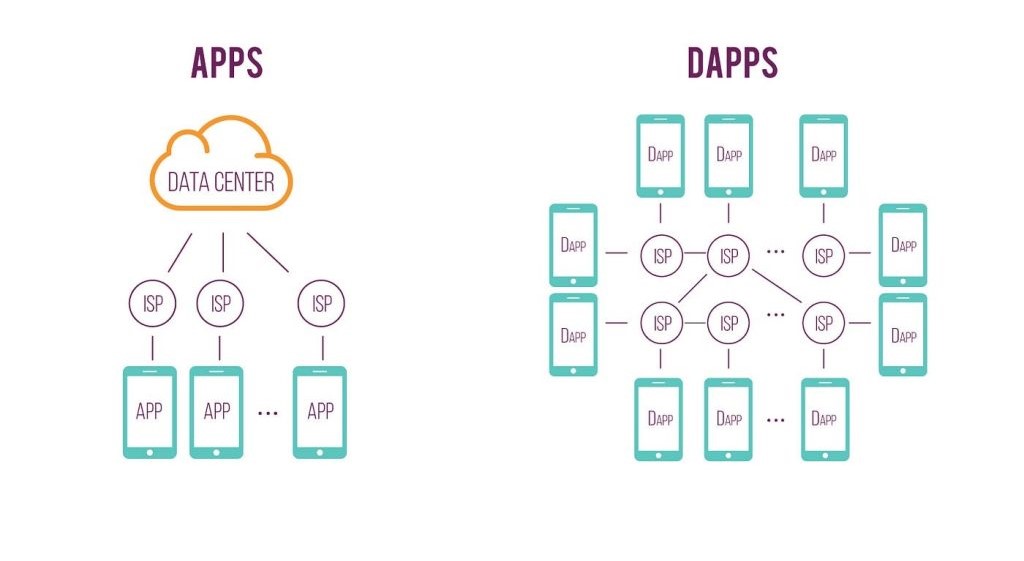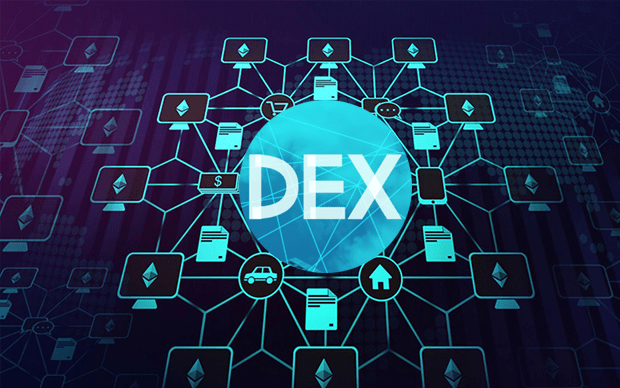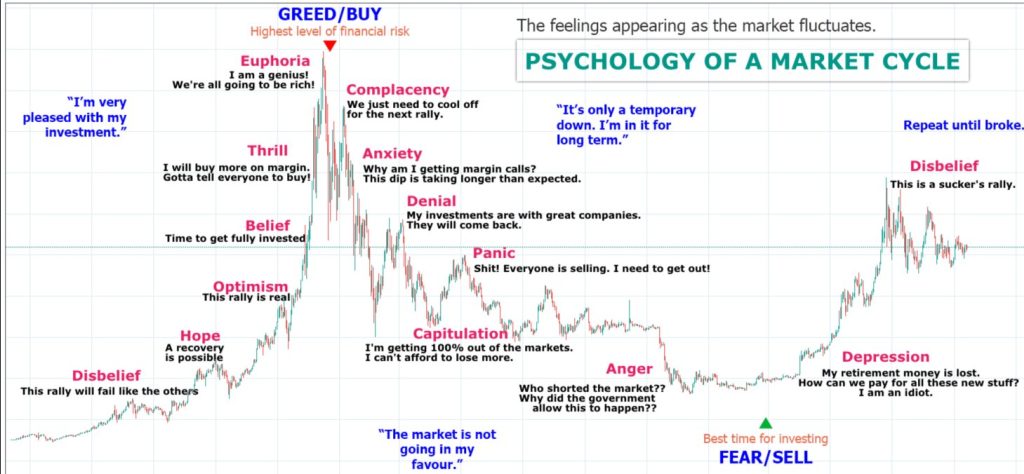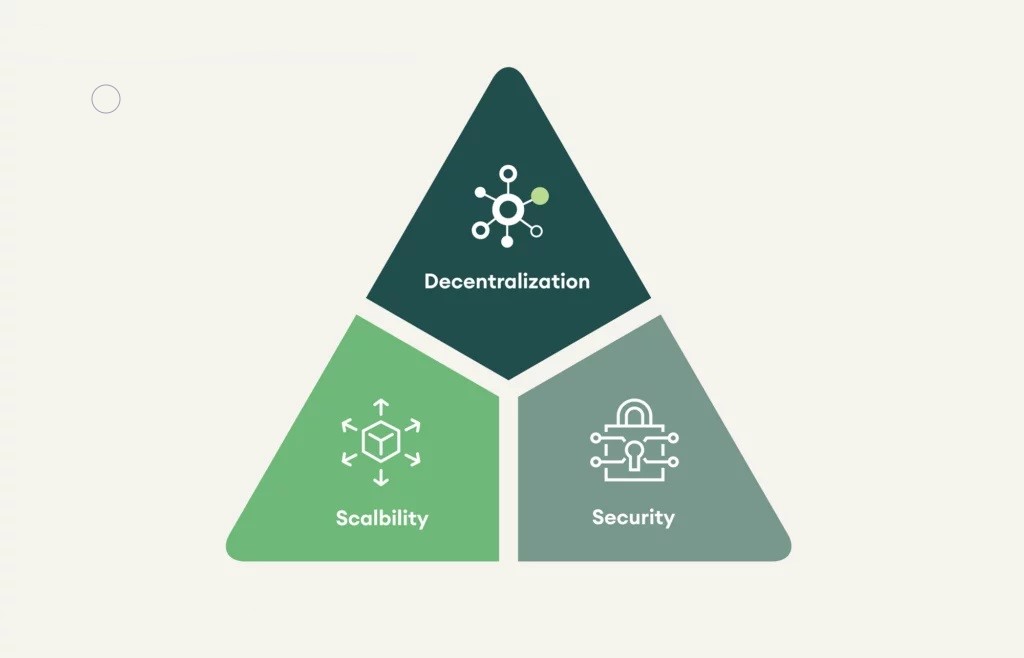Decentralized applications, or DApps, are a type of software application that runs on a decentralized network, typically utilizing blockchain technology and smart contracts. Here’s a comprehensive overview of what DApps are and how they are used:
DApps vs Apps
Apps
Today’s apps are centralized, and they are run on Web 2.0 by big tech companies, who own your data, on top of selling it to advertisers. You can get banned and with that you lose access to everything you have posted. Basically, you have no privacy or ownership.
DApps
DApps are built on Web 3.0, which relies on blockchain technology. Blockchain makes it possible to create decentralization, security and ownership of applications and also personal data.
Decentralization: DApps operate on decentralized networks, meaning they are not controlled by a single authority or entity. Instead, they run on a distributed network of computers, or nodes, which work together to maintain the application.
Smart Contracts: DApps are powered by smart contracts, which are self-executing contracts with the terms of the agreement directly written into code. Smart contracts automate processes and transactions within the DApp, ensuring transparency and reliability.
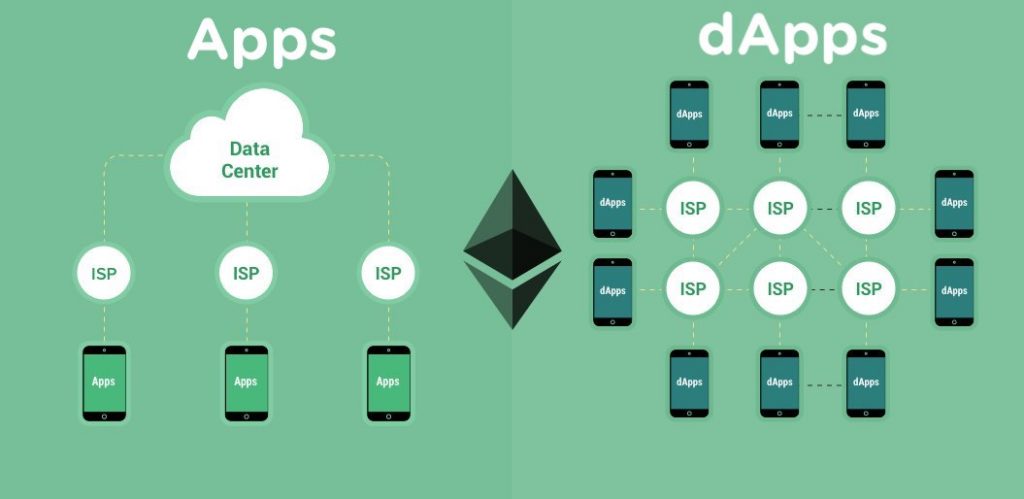
Advantages of DApps:
- No Single Point of Failure: DApps are more reliable than traditional centralized apps because they are not hosted on a single server. Instead, they are distributed across multiple nodes, reducing the risk of downtime.
- Open Source Transparency: DApps are built on open-source blockchain networks, allowing for transparency and auditability of code. Users can verify the integrity of the application without relying on a central authority.
- No Central Authority: DApps operate without a central authority, relying instead on consensus mechanisms to validate transactions. This decentralized governance model ensures fairness and prevents censorship.
- Utility Tokens: Many DApps utilize utility tokens, which are digital assets that serve specific functions within the application. These tokens enable decentralized governance, incentivize user participation, and facilitate transactions within the DApp ecosystem.
Main Types of DApps
DeFi
Decentralized Finance (DeFi): DeFi DApps are perhaps the most prominent and widely adopted category. They provide decentralized financial services such as lending, borrowing, trading, yield farming, decentralized exchanges (DEXs), liquidity pools, derivatives trading, and more. Examples include Uniswap, Aave, SushiSwap, Compound, and many more.
Decentralized Exchanges (DEXs): These DApps enable users to trade cryptocurrencies directly with each other without the need for intermediaries. They provide a more secure and transparent alternative to centralized exchanges. Examples include Uniswap, PancakeSwap, and SushiSwap.
Entertainment
Non-Fungible Tokens (NFTs): NFTs allow users to create, buy, sell, and trade unique digital assets represented on the blockchain. These assets can include digital art, collectibles, virtual real estate, in-game items, and more. Examples include Rarible, and Decentraland.
Decentralized Social Media: Social media DApps aim to provide censorship-resistant platforms for content creation, sharing, and interaction. Users have greater control over their data and interactions compared to centralized social media platforms. Examples include Steemit, Peepeth, and Minds.
Gaming and Collectibles: Gaming DApps offer decentralized gaming experiences where players can own, trade, and monetize in-game assets using blockchain technology. These DApps often employ NFTs to represent unique in-game items. Examples include Axie Infinity, CryptoKitties, and Gods Unchained.
Decentralized Everything
Decentralized Autonomous Organizations (DAOs): DAO DApps enable decentralized governance and decision-making by allowing community members to vote on proposals and manage shared resources collectively. Examples include DAOstack and Aragon.
Decentralized File Storage: DApps in this category provide decentralized file storage solutions where users can store and retrieve data securely without relying on centralized servers. Examples include Filecoin, IPFS, and Storj.
Decentralized Identity and Authentication: These DApps aim to provide users with self-sovereign identity solutions, allowing individuals to control their digital identities and authenticate themselves without relying on third-party authorities. Examples include Civic and uPort.
Sectors
Supply Chain and Logistics: DApps in this category leverage blockchain technology to track and trace products throughout the supply chain, ensuring transparency, immutability, and trust in the movement of goods. Examples include VeChain and IBM Food Trust.
Healthcare and Medical DApps: These DApps focus on leveraging blockchain technology to securely store and share medical records, facilitate telemedicine, track pharmaceutical supply chains, and enable medical research. Examples include Solve.Care and Medicalchain.
Education and Credentialing: DApps in this category aim to revolutionize education and credentialing by providing decentralized platforms for issuing, verifying, and sharing academic credentials, certifications, and diplomas. Examples include Learning Machine and Blockcerts.
Energy and Sustainability: DApps in the energy sector focus on enabling peer-to-peer energy trading, managing renewable energy assets, and incentivizing sustainable practices using blockchain technology. Examples include Power Ledger and WePower.
These are just a few examples of the diverse range of DApps being built today. As the blockchain ecosystem continues to evolve and mature, developers are exploring new use cases and applications for decentralized technologies, paving the way for a more decentralized and interconnected future.
